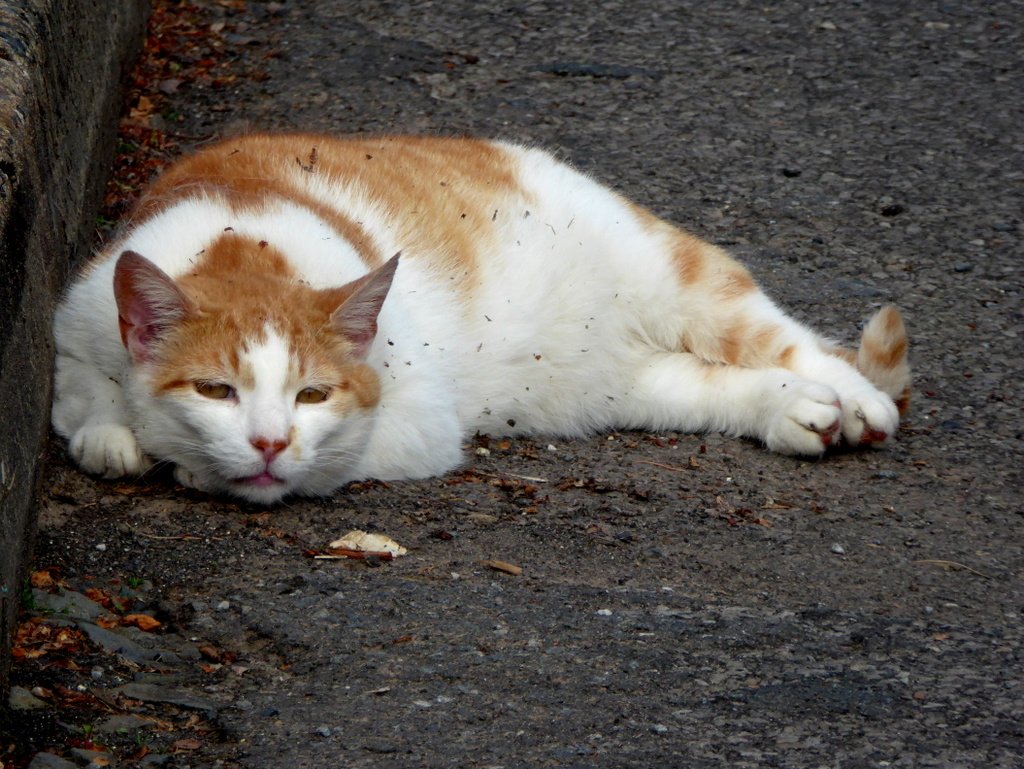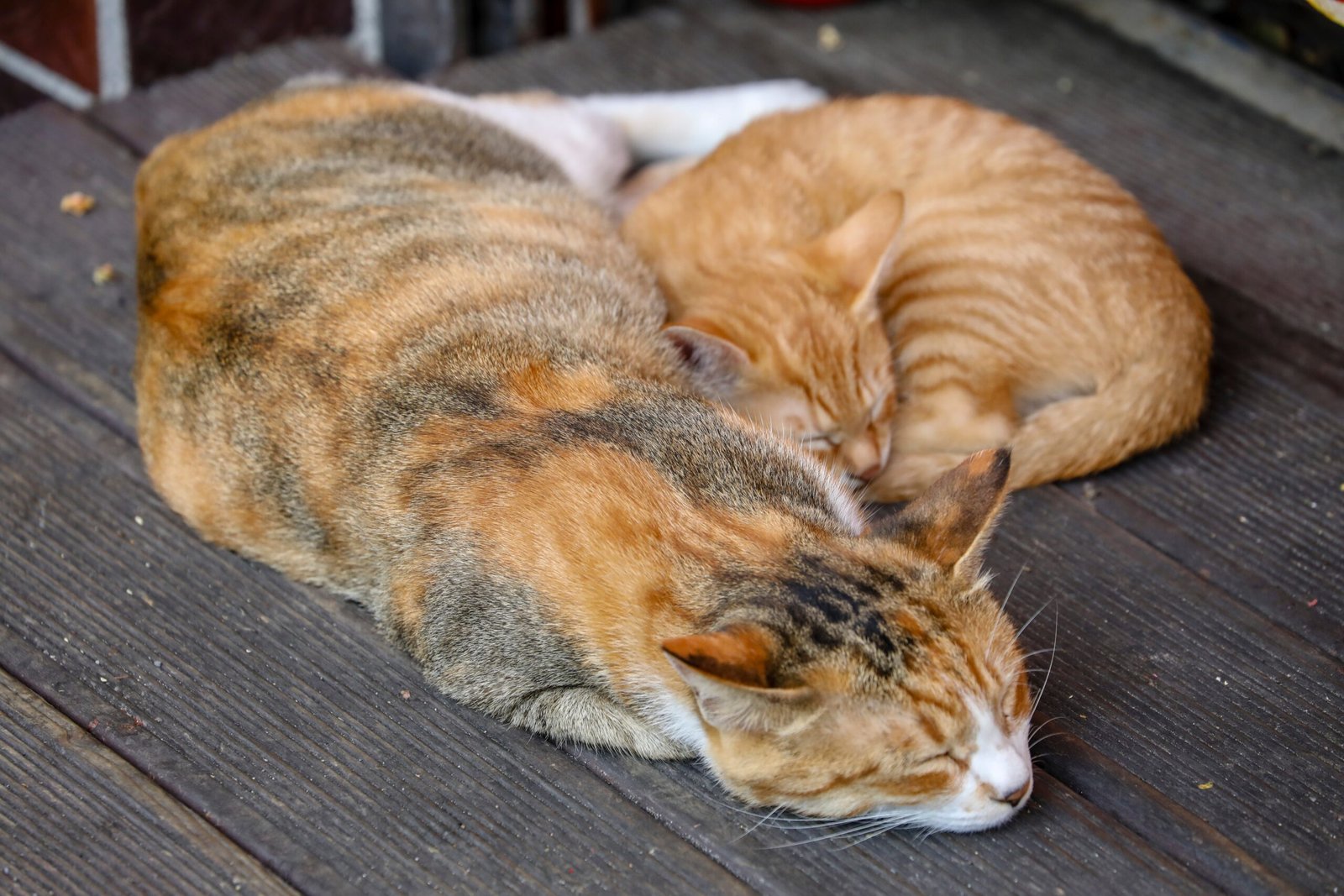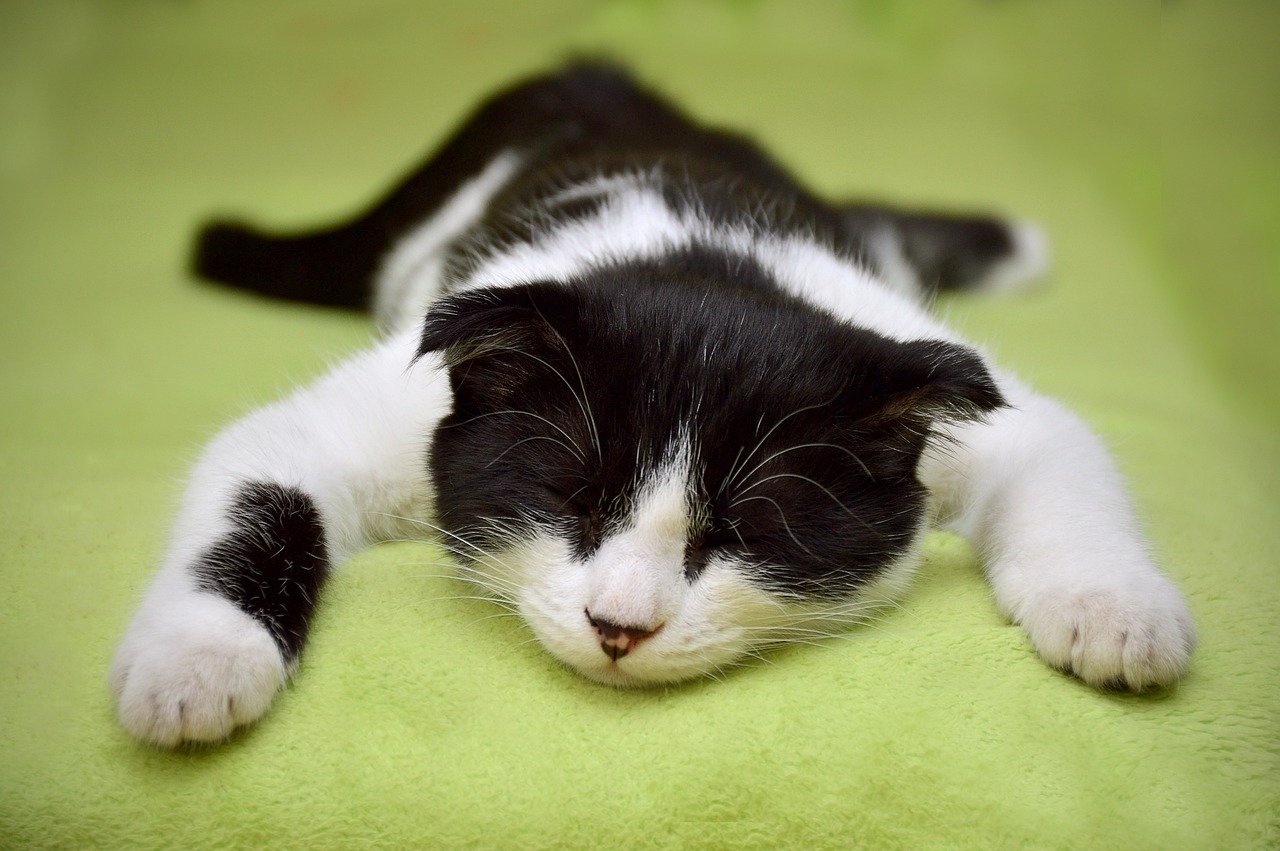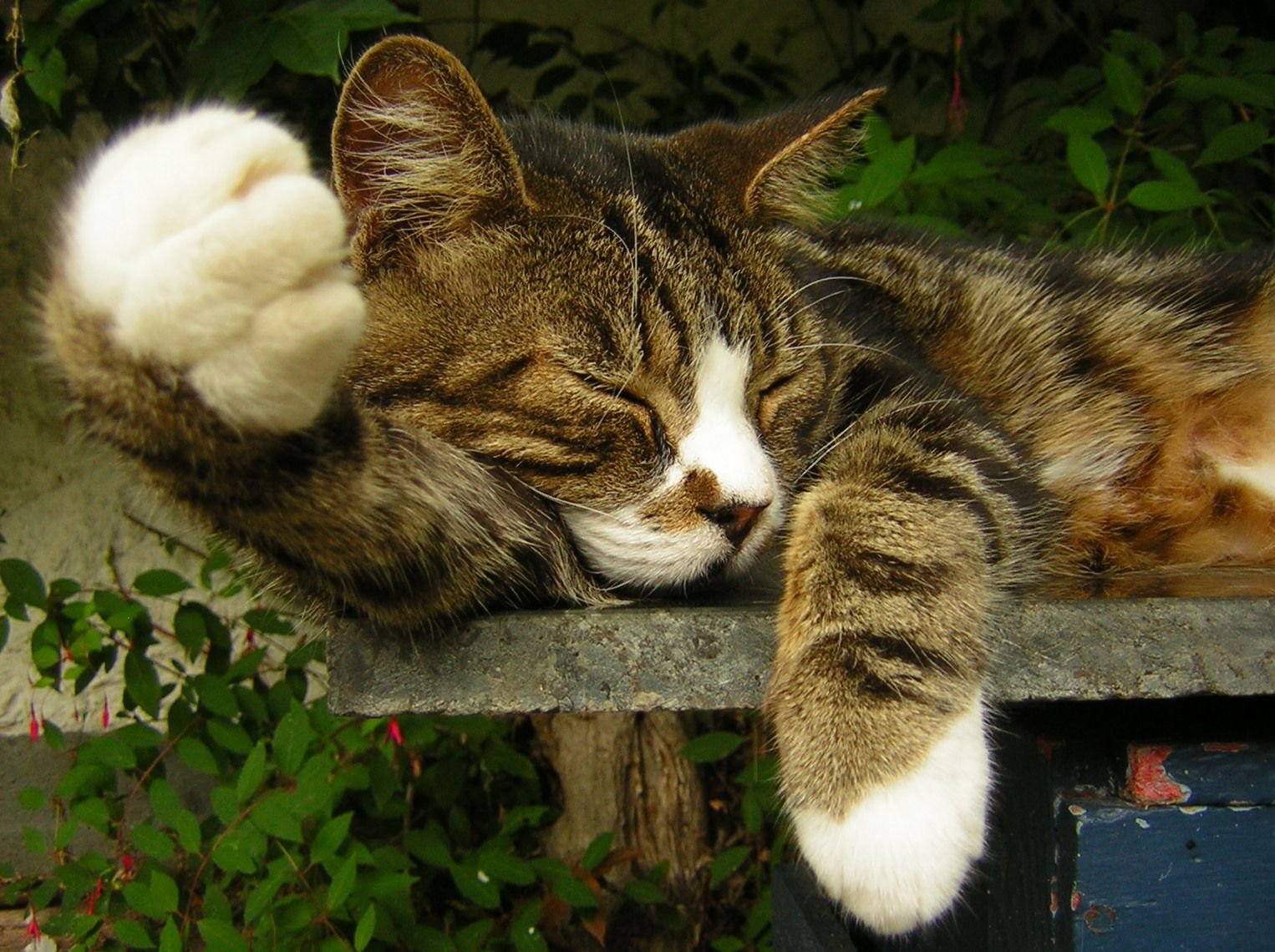Cats. Mysterious, mesmerizing, and often found curled up in a sunbeam, blissfully snoozing for hours on end. If you’ve ever wondered why your cat seems to spend most of the day napping, you’re not alone! Cats are natural-born sleepers, often clocking in 12 to 16 hours (or even more) every single day. This habit comes from their wild ancestors, who needed long periods of rest to conserve energy for hunting. Even though your house cat’s biggest hunt might be chasing a toy mouse, their bodies are still wired the same way. Sleep also plays a big role in keeping their immune systems strong and their moods happy, so let your kitty snooze away guilt-free!
The Ancient Predator Within

Cats may look like pampered house pets today, but their bodies still carry the blueprint of wild hunters from centuries past. In the wild, cats are predators, and hunting demands intense energy and sharp focus. Stalking, chasing, and pouncing on prey is no easy feat. That’s why cats adapted to sleep deeply and often—rest is crucial for conserving energy. Even if your indoor kitty only hunts toy mice or the occasional bug, their instincts remain deeply rooted. The need to sleep so much is a relic of their wild ancestry, ensuring they’re always ready for action at a moment’s notice.
Cat Naps: Light Sleepers at Heart

It’s easy to think cats are always in a deep sleep, but that’s far from the truth. Most of the time, they’re actually dozing lightly, ready to spring awake if they sense danger—or the sound of food being poured into their bowl. This light sleep, known as “catnapping,” allows them to rest while staying alert. You might notice their ears twitching or their eyes half-open even while they sleep. These short bursts of light slumber are interspersed with deeper, dream-filled sleep, helping them stay both rested and vigilant.
How Much Sleep Do Cats Really Need?
On average, cats sleep anywhere from 12 to 16 hours a day, and some can snooze for up to 20 hours—especially kittens and older cats. This amount might sound shocking, but it’s perfectly normal. Unlike humans, cats don’t sleep in one long stretch. Instead, they take multiple short naps throughout the day and night. Their sleep patterns are shaped by their biology and instinct, not by the usual day-night routines that humans follow. So, next time you see your cat curled up in a perfect circle, know that they’re just following their natural rhythm.
Age Matters: Kittens, Adults, and Seniors

A cat’s age has a huge impact on how much they sleep. Kittens need the most sleep—sometimes up to 20 hours a day—because their bodies are growing rapidly and their brains are developing at lightning speed. Adult cats tend to settle into a routine of sleeping 12 to 16 hours, balancing bursts of play with restful naps. As cats enter their senior years, they may start to sleep more again, often due to lower energy levels or age-related health changes. Paying attention to your cat’s sleeping patterns can even help you spot any changes in their health or well-being.
The Role of Boredom and Environment

Cats are curious creatures, but when there isn’t much to do, their default is to snooze. Indoor cats, in particular, may sleep more simply because they have fewer opportunities for hunting, exploring, or playing. If your home is quiet and calm, your cat may take this as a cue to relax and drift off. On the other hand, a stimulating environment filled with toys, climbing structures, and playtime can encourage more activity and slightly less sleep. Still, no matter how much they play, most cats will always find time for their beloved naps.
The Emotional Side of Feline Sleep
Cats don’t just sleep to conserve energy—they also use sleep as a way to process emotions and feel safe. A cat that feels secure in its environment will often stretch out and sleep soundly. If your cat chooses to nap on your lap or next to you, it’s a sign of deep trust. Stress, anxiety, or changes in their environment can disrupt their sleep, making them more restless or causing them to hide away. Watching where and how your cat sleeps can offer clues about their emotional state and overall happiness.
Weather and the Cat’s Sleeping Habits
Have you ever noticed your cat sleeping even more during rainy or cold days? Weather can definitely influence a cat’s sleep habits. Just like people, cats often feel lazier and more inclined to nap when it’s gloomy outside. The warmth of a sunny window or a cozy blanket becomes irresistible. Seasonal changes, such as shorter days in winter, can also make cats want to sleep more. Their bodies naturally respond to environmental cues, seeking comfort and warmth during less favorable weather.
Health and Sleep: When to Worry
While it’s normal for cats to sleep a lot, drastic changes in their sleeping patterns can sometimes signal health issues. If your usually active cat suddenly starts sleeping much more—or much less—it could be a sign of illness, pain, or stress. Conditions like hyperthyroidism, diabetes, or infections can all disrupt a cat’s normal sleep. Keeping an eye on your cat’s routines and consulting your veterinarian if you notice anything unusual is vital. Early detection of health problems can make a huge difference in your cat’s quality of life.
Dreams and Twitching: What Happens When Cats Sleep?

Watching a cat sleep can be enchanting, especially when their paws twitch or their whiskers wiggle. These little movements are signs that your cat is dreaming. Just like humans, cats go through REM (Rapid Eye Movement) sleep, which is when dreams occur. During this stage, their brains process memories, emotions, and experiences. Scientists believe that dreaming helps cats make sense of their world—whether they’re reliving a playful chase or climbing imaginary trees. It’s a reminder that their inner lives are just as rich and mysterious as their waking moments.
The Joy of Sharing a Cat’s Sleepy Life
There’s something magical about sharing your home with a cat who loves to sleep. Their peaceful presence can be soothing, offering comfort and companionship. Many cat lovers find themselves slowing down, taking a break, or simply enjoying a quiet moment with their feline friend. In a world that’s always rushing, perhaps our cats are teaching us the value of rest, relaxation, and the simple joy of just being. Isn’t it amazing how much we can learn from the way our cats choose to sleep?
Cats might seem like they’re always napping, but that’s just part of their natural rhythm and survival instincts. Whether it’s recharging after a playful sprint or simply enjoying a cozy spot in the sun, their long snoozes are totally normal. Understanding their sleep habits helps you appreciate just how smart and energy-efficient these little hunters really are. So next time you catch your cat snoozing, just know — they’re living their best, most relaxed life!





